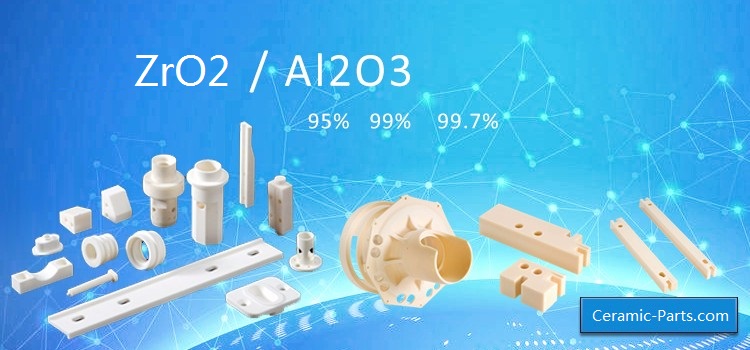Ceramic Injection Molding (CIM) technology has been accepted as one of the fundamental manufacturing techniques for mass production of ceramic components with complex geometries. Most commonly used CIM components are based on ferrite, piezoelectric and alumina ceramic powders. CIM components are widely used in automotive industry (mechanical parts), chemical applications (valves, membranes), medical applications (artificial bones), aerospace (mechanical parts, sensors and actuators), communications, oil and gas exploration (sensors, valves), etc.
The advantages of ceramic injection molded parts:
● The capability of producing complicated shapes in the tooling without the need for expensive secondary operation machining.
● Much improved homogeneity, critical for some parts used in areas of high humidity or with water cooled systems.
● Far lower tooling costs, even for more complex parts & low cost tooling alterations for equipment advancements.
● A surface finish which is much kinder and smoother to the touch, reducing the risk of tiny shards finding their way into the part body during manufacture.
● Improved aesthetics. The appearance is far superior to that of pressed parts.
Jiangsu Tech is well positioned to overcome traditional manufacturing problems via the CIM process with developments in binder technology, feedstock productions, automated molding equipment, tooling design, sintering, and quality control systems. This process will enable the cost-effective production of parts with a range of geometric complexities.
